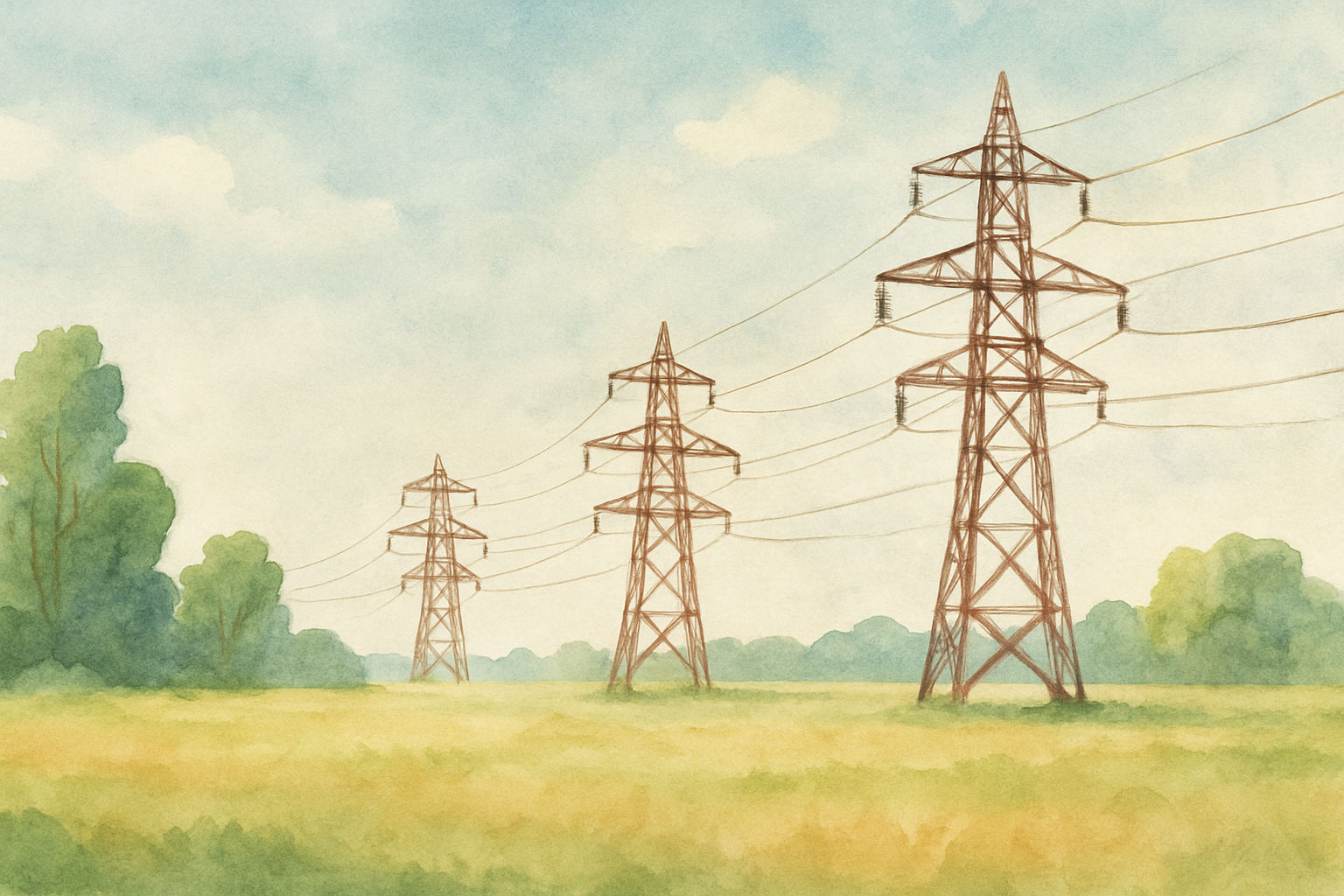Executive Summary (tl;dr)
- Storage and DER will each break off as independent segments in the value chain
- DERs will have a much smaller profit pool due to the economics of supply and demand
The value chain of today
Most frameworks segment Utilities into three main value chain segments: Generation, Transmission, and Distribution. Today this value chain is looks something like this:

Unsurprisingly, the drivers of these profit pools are all similar. Fundamentally, all segments are critical in powering nearly every aspect of modern life. As an essential commodity, demand for energy remains consistently high, providing a stable revenue stream for energy companies. The diverse nature of the energy sector, encompassing fossil fuels, renewables, nuclear power, and more, offers opportunities for companies to leverage different resources and technologies to meet varying market demands. This allows for creativity within each segment, G, T, or D. Energy markets often benefit from long-term contracts and agreements, providing revenue predictability and stability, but also enabling transparency between players.
Easy enough? Three segments, all working together, all generating fair profit pools. But will it change?
The value chain of tomorrow
We believe electrification will skew the profit pools within the value chain. Tomorrow's value chain may look more like this:

The future of energy storage stands at the heart of transforming our energy landscape. Imagine a world where renewable energy sources like solar and wind can power everything, day and night. That's where the advancements in energy storage come into play. Lithium-ion batteries are at the forefront, becoming more efficient, more affordable, and lasting longer than ever. But the innovation doesn't stop there. Technologies such as pumped hydro, compressed air energy storage, and even cutting-edge ideas like solid-state batteries are expanding the possibilities. Plus, with the integration of smart grid technologies, we're getting better at using and managing stored energy, making our power systems more resilient and flexible. In essence, energy storage is the critical piece that's set to make renewable energy more reliable and our energy future more exciting. It's costs are largely capital intensive, with today's best future peak of course, given the technologies we have available. This makes for a strong defensible ROE should the storage segment be under a regulated economic model, similar to Utilities. The real unknown is how it will be structured. In an unregulated market structure, storage could be high capital with high unknown return (risk) - a recipe for strong profit margins? It all depends on how expensive money is.
Distributed energy resources (DERs) are shaping up to be the backbone of our future energy landscape, offering a decentralized and dynamic approach to power generation and distribution. Picture this: instead of relying solely on large centralized power plants, we're moving towards a system where energy production is spread out across many smaller sources, closer to where it's needed. DERs encompass a wide range of technologies, from rooftop solar panels and small wind turbines to energy storage systems and microgrids. This distributed model not only enhances energy resilience and reliability but also promotes energy independence and sustainability. With DERs, communities can generate their own power, reduce reliance on the traditional grid, and even sell excess energy back to the grid. This may even become naturally occurring as building materials have built in energy generation. The question is then on profitability. It is obvious that DERs will carve out revenue share from traditional Distribution. But should DERs be abundant then the law of supply and demand dictates lower margins will be had.
What are the big unknowns we haven't mentioned?
Cards on the table! Some ideas not represented in our view:
- Hydrogen - should this be cracked (ha) what is the future of storage here? Impact between generation and transmission. Does it mean storage is essentially close to free?
- Fission or other major energy generation advancements - this could erode the profit pool for generation




.svg)








.svg)